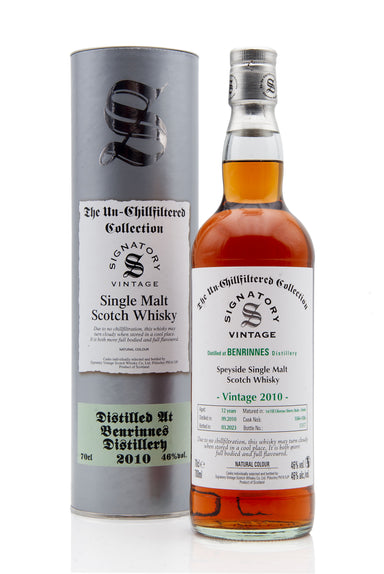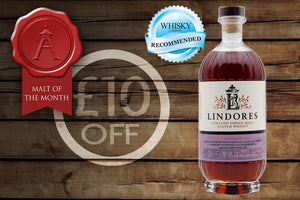
Benrinnes 12 Year Old - 2010 | Signatory The Un-Chillfiltered Collection (Casks 104-106)
Another exquisite small batch release from independent Scotch whisky bottlers, Signatory. Distilled in 2010 at the Benrinnes distillery and matured...
View full details


